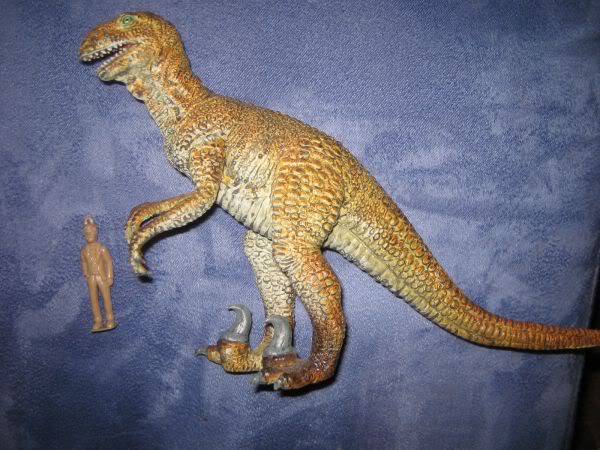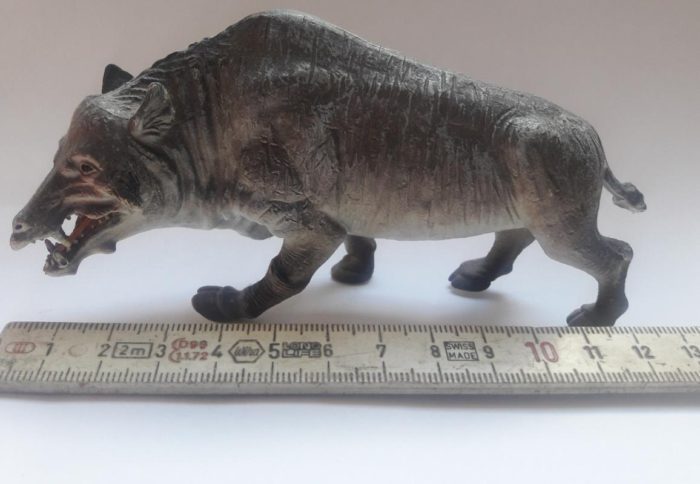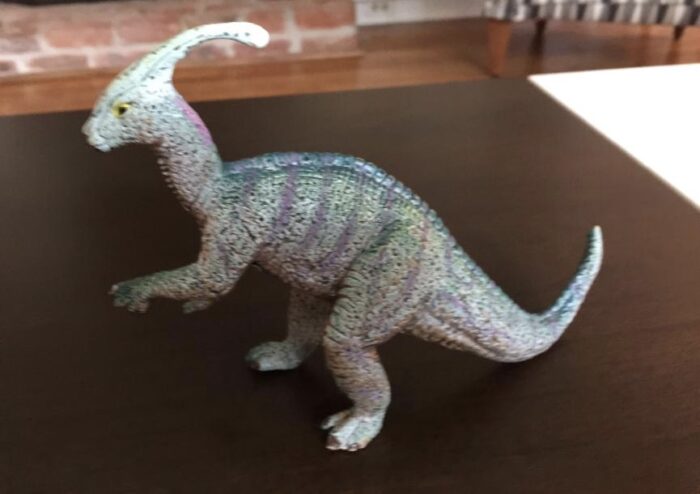Review: Ankylosaurus (AAA)





Once there was a time when Theropods simply were divided into ‘Carnosaurs’ (the big ones such as Allosaurus and Tyrannosaurus) and ‘Coelurosaurs’ (the smaller ones such as Coelophysis or Compsognathus). Then along came Deinonychus, an irritating new predator who did not really fit into this concept. When it was discovered in 1969, no one could guess it was the herald of a radically different approach to looking at dinosaurs, eventually leading to a new theory of bird ancestry.





Review and photos by Strawberry Crocodile, edited by Suspsy
Hadrosaurs are often relegated to the role of “supporting cast” in dinosaur media. Despite their success as a group, they simply don’t grab people’s imaginations as much as deadly theropods, record-shattering sauropods, or the absolutely bizarre shapes their ornithischian cousins have taken.

Review and photographs by Funk, edited by Suspsy
Parasaurolophus seems to be the hadrosaur with the most toy representations by far, no doubt due to its charismatic, iconic head crest. It just looks neat, design-wise, compared to, for example, Lambeosaurus with its weird hatchet, Corythosaurus with its dull plate, or Tsintaosaurus and the unfortunate way its crest used to be depicted.
